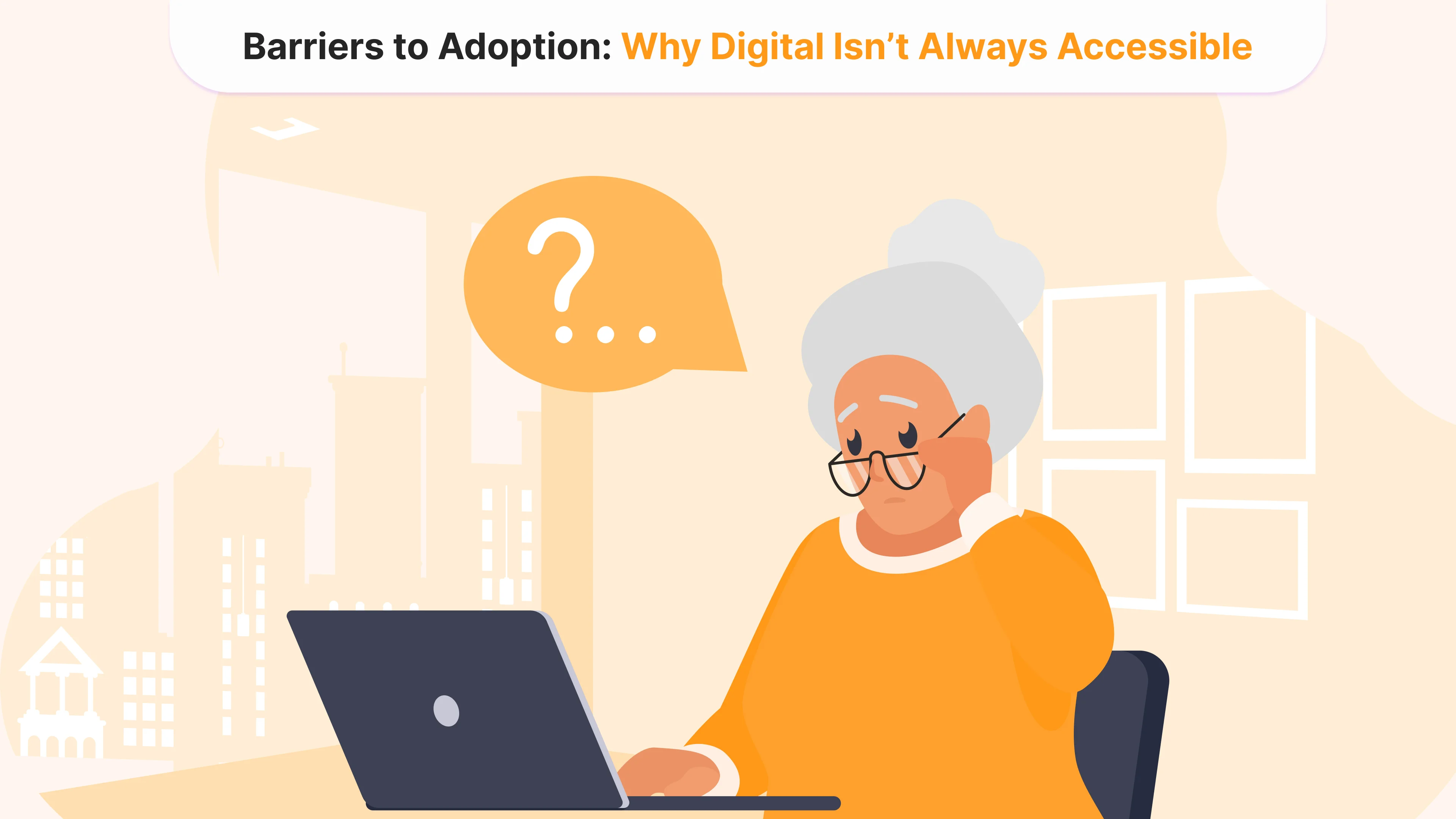

Supporting Caregivers With Digital Tools and Resources
In the United States alone, over 44 million individuals serve as unpaid caregivers, providing an estimated $873.5 billion worth of labor annually, equivalent to 3.2% of the nation's GDP. These caregivers, often family members, juggle responsibilities ranging from managing medications to coordinating medical appointments, all while balancing their own personal and professional lives.
The demands placed on caregivers are relentless. Many experience chronic stress, sleep deprivation, and burnout. Some are forced to reduce working hours or leave their jobs entirely. And yet, they are expected to do it all—correctly, consistently, and compassionately.
Despite the widespread caregiving, the infrastructure to support caregivers has historically been weak. This is beginning to shift with the emergence of digital tools and platforms designed specifically to ease the burden. These innovations are not futuristic concepts—they are already in use: apps that send medication reminders, wearables that detect falls, platforms that connect caregivers to communities or professionals, and AI tools that help organize daily routines. Notably, a recent AARP survey revealed that 54% of caregivers are now utilizing medical digital services, reflecting a significant move towards integrating technology into caregiving practices.
This article explores how digital technologies are being used to support caregivers in real and practical ways. It looks at the tools that are making a difference, the challenges of implementing them, and the potential for scalable impact, especially in systems where caregivers are still treated as an afterthought.
Digital Tools That Make a Difference
The caregiver app market is experiencing significant growth, with projections estimating it will reach $3.67 billion by 2031, expanding at a 15% compound annual growth rate (CAGR). This surge is driven by the increasing demand for tools that assist caregivers in managing their responsibilities efficiently.
For example, applications like Medisafe, CareZone, CaringBridge, and Lotsa Helping Hands have become staples in this space, but each serves a different core function. Medisafe specializes in medication adherence through personalized reminders and interaction alerts. CaringBridge is less clinical, offering a social platform to keep friends and family informed, often during serious illness or recovery. Lotsa Helping Hands, on the other hand, acts as a logistical hub, letting families share calendars and assign tasks. Some tools, like Talkspace, expand beyond logistics and address the caregiver's own mental health by offering access to licensed therapists.
Barriers to Adoption: Why Digital Isn’t Always Accessible

While digital tools hold great promise for caregivers, their adoption is not without friction. One of the most persistent challenges is digital literacy. Many caregivers, particularly older adults, are unfamiliar or uncomfortable with apps, devices, or cloud-based data. According to a Pew Research Center study, nearly one-third of adults aged 65 and older report difficulty using technology without assistance.
Another significant barrier is cost and access to devices. Although many caregiving tools offer free versions, full functionality often requires subscriptions or additional hardware. For low-income families or those in under-resourced regions, these costs can be prohibitive. Moreover, in rural areas, limited internet connectivity or unreliable electricity can make even the best-designed tools practically unusable.
Language and cultural factors also play a role. Many platforms are designed for English-speaking users in high-income countries, overlooking the needs of multilingual or culturally diverse caregiving populations. As a result, caregivers from minority or immigrant communities may find digital tools poorly aligned with their everyday realities. This challenge echoes broader issues in digital health equity, as discussed in our article on Using AI to Reduce Health Disparities in Diverse Populations.
What’s Working — and What’s Still Missing
In recent years, the ecosystem of digital support for caregivers has expanded — but not evenly. On the positive side, we’re seeing more tailored platforms addressing specific caregiving needs. For example, Papa, a platform that connects older adults with “Papa Pals” for companionship and everyday help, has been integrated into several U.S. insurance plans, showing that tech-based caregiving support is gaining institutional recognition.
Governments are also beginning to act. Initiatives like the European Joint Programme on Neurodegenerative Disease Research (JPND) are funding cross-border projects focused on digital caregiving solutions.
But progress is uneven. While there’s a proliferation of apps, many caregivers face “tool fatigue” — the frustration of juggling too many disconnected platforms, each solving only one part of the problem. There is still no widely adopted, all-in-one caregiving hub that integrates scheduling, health data, mental health support, and communication. This fragmentation contributes to underuse: a recent 2025 AARP survey found that only 54% of adults aged 50+ feel confident using technology overall, indicating a substantial gap between tool availability and actual user proficiency.
Moreover, accessibility remains a bottleneck, particularly in low-income settings and among older caregivers. Too few tools are optimized for users with low digital literacy, visual impairments, or limited internet access. On the other hand, there’s an overabundance of generic wellness apps repackaged for caregiving, which often lack clinical grounding or practical relevance.
What’s still needed? Cross-sector collaboration. Health systems, insurers, tech developers, and caregiver advocacy groups need to align around standards for usability, data security, and integration. More inclusive design, with real caregiver input, is essential. So is investment in local, culturally relevant solutions, especially in underserved regions.
Tell us about your project
Fill out the form or contact us

Tell us about your project
Thank you
Your submission is received and we will contact you soon
Follow us
